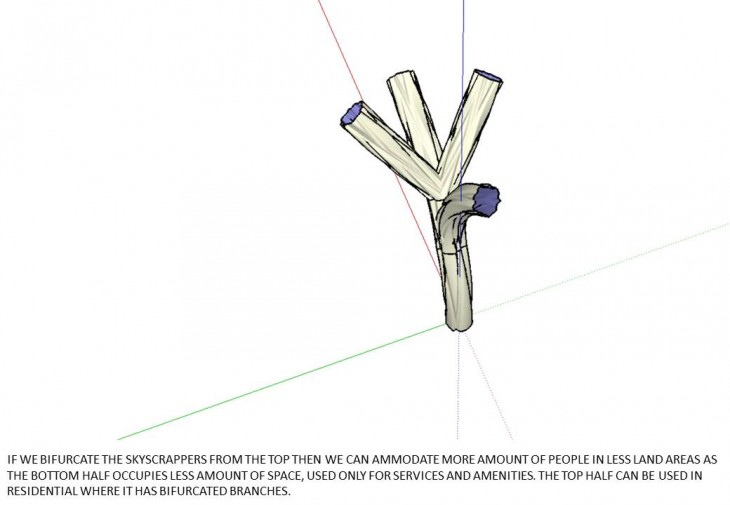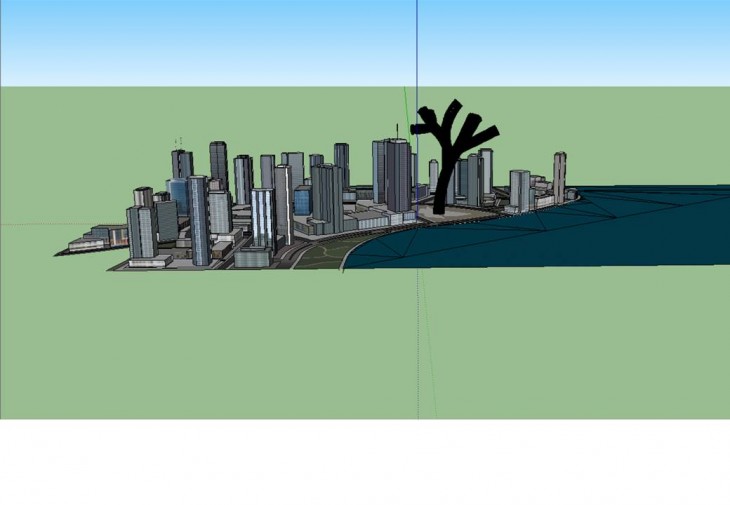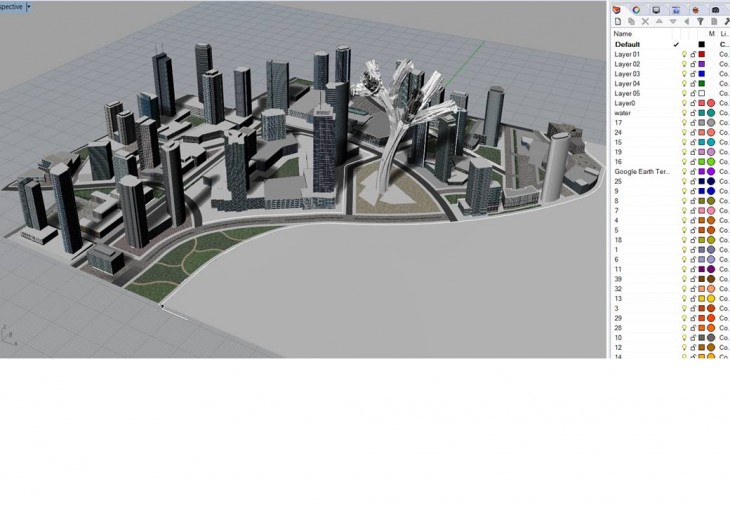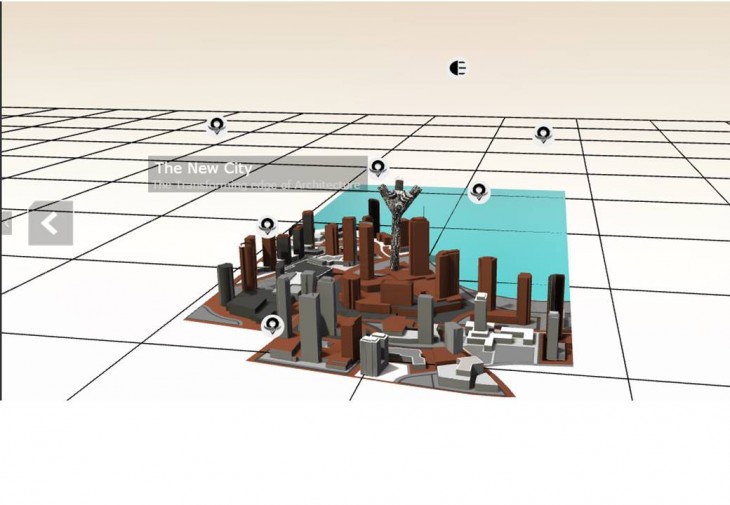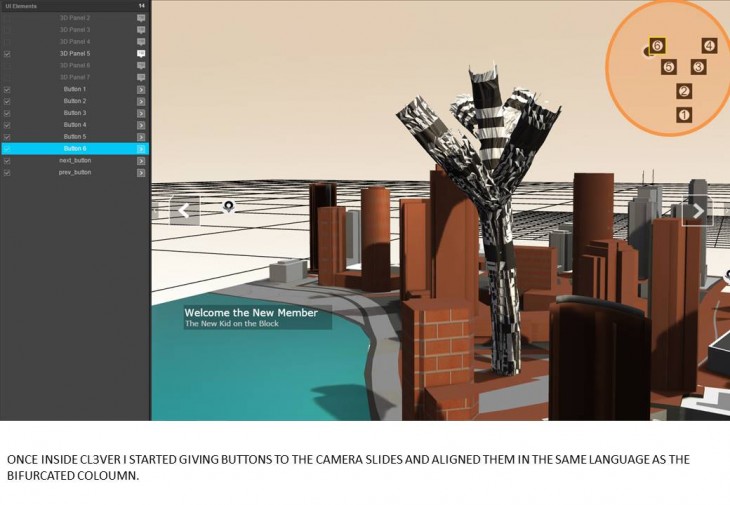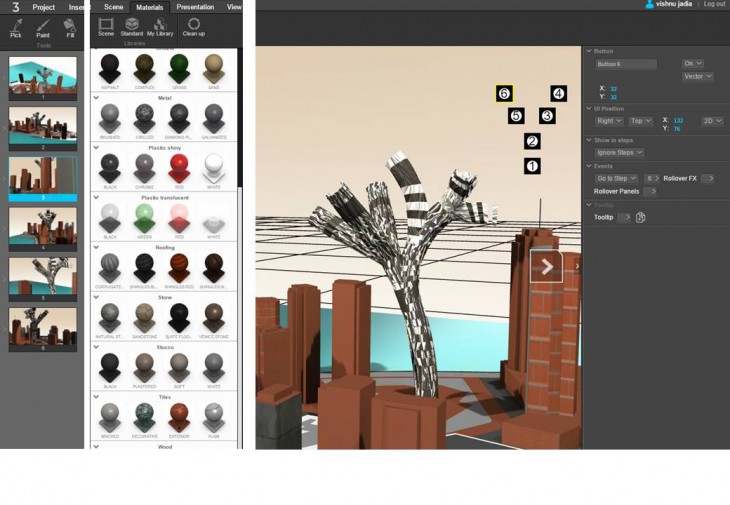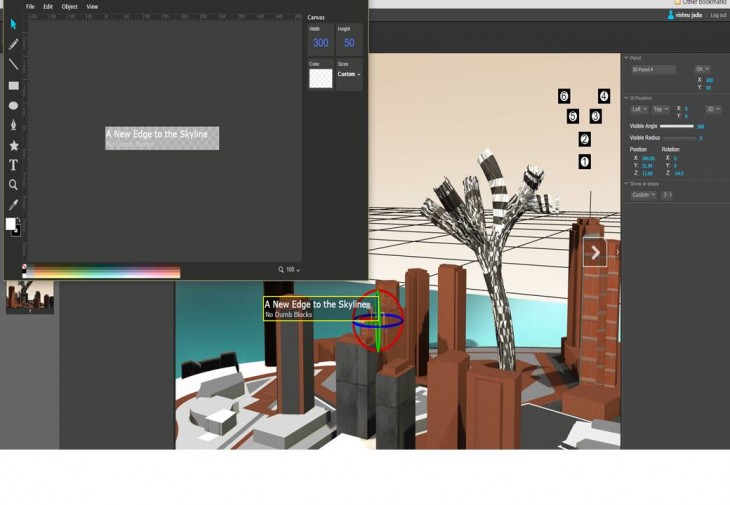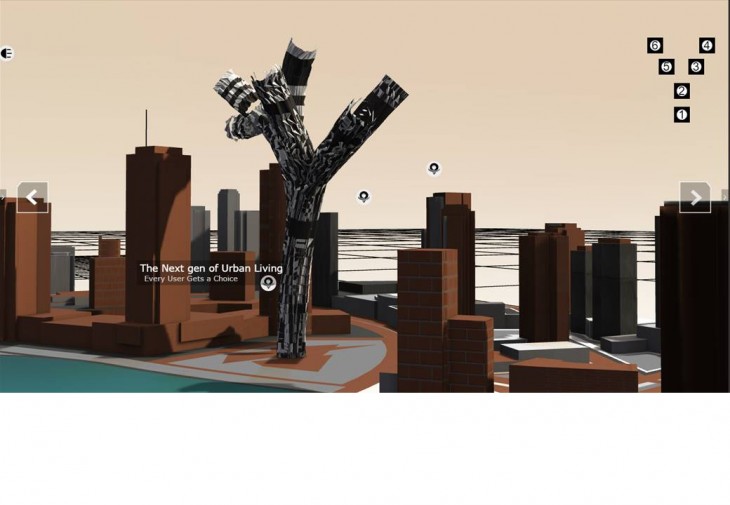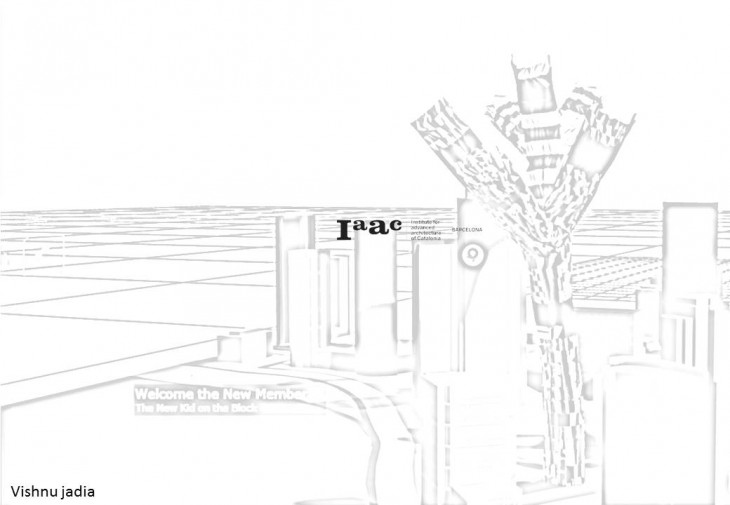Bifurcating the presentation to a new dimension is what every architect desires as it increases the chances of selling the product he has worked on.
Duties: In my experience, an architect brings together the pieces of an architecture for all aspects of the system and then communicates the architecture to the stakeholders. By aspects of the system I mean everything from software development tools to the high level design to the “off-the-shelf” components and services required for the system to function. A good architect provides a development team with all of the tools they need to put together a great system. An Architect should ensure that new systems are built in a way that best ensures that functional requirements are met whilst also ensure that service qualities (Performance, scalability, extensibility etc) for now and for the future are achievable. Review and improve on existing systems, making use of new technologies and methodologies to seek continual improvement for existing systems. Provide high level guidance and direction on project work, making sure that new projects fit in with an overall strategic vision.
Skills: An architect must be technically competent and a strong communicator (written, verbal, presentation…).
Knowledge: An architect should be competent in the core frameworks used or to be used, however they need not be an expert programmer in that framework. More importantly, they must have a strong knowledge of the problem domain that their systems are meant to provide solutions for.
Organizational Support: Architects need time and leeway to experiment and learn. Software methods are continually changing, thus an architect must be given time to learn, communicate with peers and try out new stuff.
This motive focuses on how to incorporate a change into presentation techniques that can help increase chances of attracting customers even for a moderate looking design for any architect.


